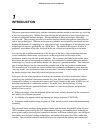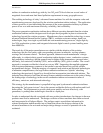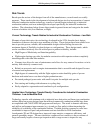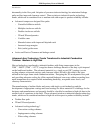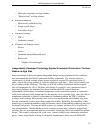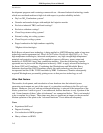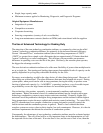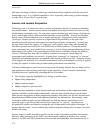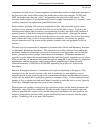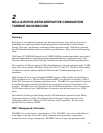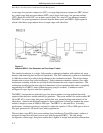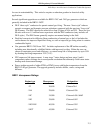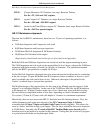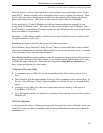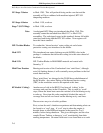
EPR Proprietary I Licensed Material
Introduction
1-9
compensate for their losses. Some companies concluded they would no longer participate due to
the perceived risks, while others entered the market due to improving margins. In 2004 and
2005, the market again became “softer” and premiums decreased on a relative basis. The
insurance market appears to be fundamentally based on supply and demand of its “product”, with
volatility somewhat decoupled from quantified technical risk.
Project lenders are highly risk-averse to a multitude of risks, and require the project owner/
operator to carry insurance so that the cash flow to service the debt is secure. Typically, the
owner/operator obtains their insurance coverage through a broker, who deals with a number of
primary insurers to find the best financial arrangement for the insured. Although the primary
insurers actually underwrite the risk, issue the policies, and settle claims, they in turn pass along
much of their risk along to one of several reinsurance companies. In essence, the primary
insurers themselves are risk-averse and the primary insurance risks are aggregated by the re-
insurers.
The main type of insurance that is impacted by technical risk is Boiler and Machinery Insurance
(or Machinery Breakdown Insurance). This insurance covers direct damage from sudden and
accidental breakdown of mechanical, electrical or pressure vessel equipment, such as turbines,
boilers, generators, motors, pumps, transformers and switchgear. Deductible amounts are
typically set to be higher than the maximum loss that could be typically expected over the course
of the normal life, i.e. an amount that would be typically budgeted as an allowance for unplanned
maintenance, and that the project could sustain without jeopardizing its financial health.
Deductible amounts of $500,000 to $3,000,000, depending on project size, would not be
uncommon.
Business Interruption Insurance is sometimes also required, depending on the project. This
insurance covers the revenue lost due to the lack of generation i.e. unavailability, over an
extended period of time caused by an event covered under the Boiler and Machinery Insurance.
In this case, the deductible is typically expressed as a number of days, i.e. the maximum normal
number of days to obtain parts and install them if required to return the unit to service, typically
45-60 days, although longer periods result in lower premiums.
When insurers are quoting coverage level for a particular project and the annual premiums and
deductibles, many factors are considered. Besides the many aspects of uncertainty and costs
related to potential risks, insurers also consider the general marketplace for their products, the
degree of competition, and their ability to gain additional business associated with the power
project. Technology risk is one part of the equation
.



